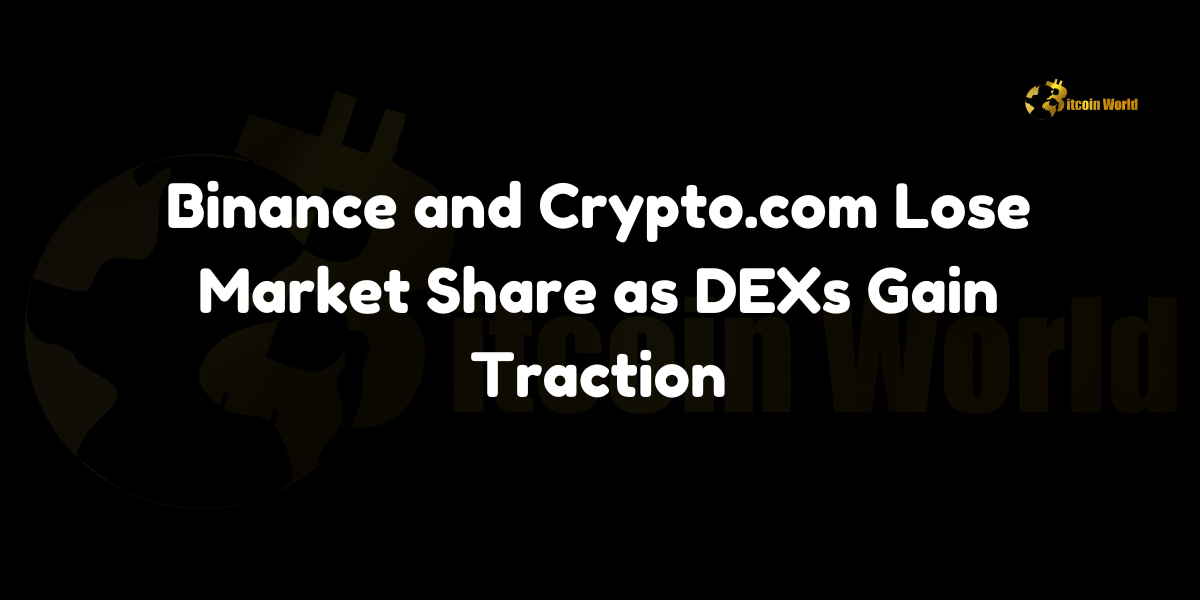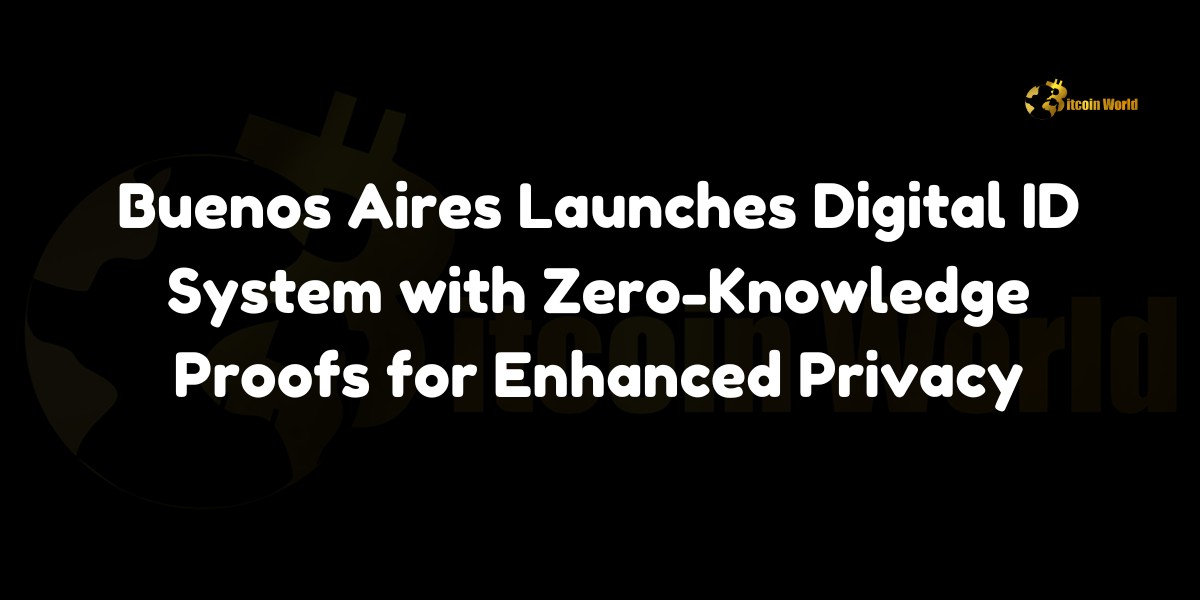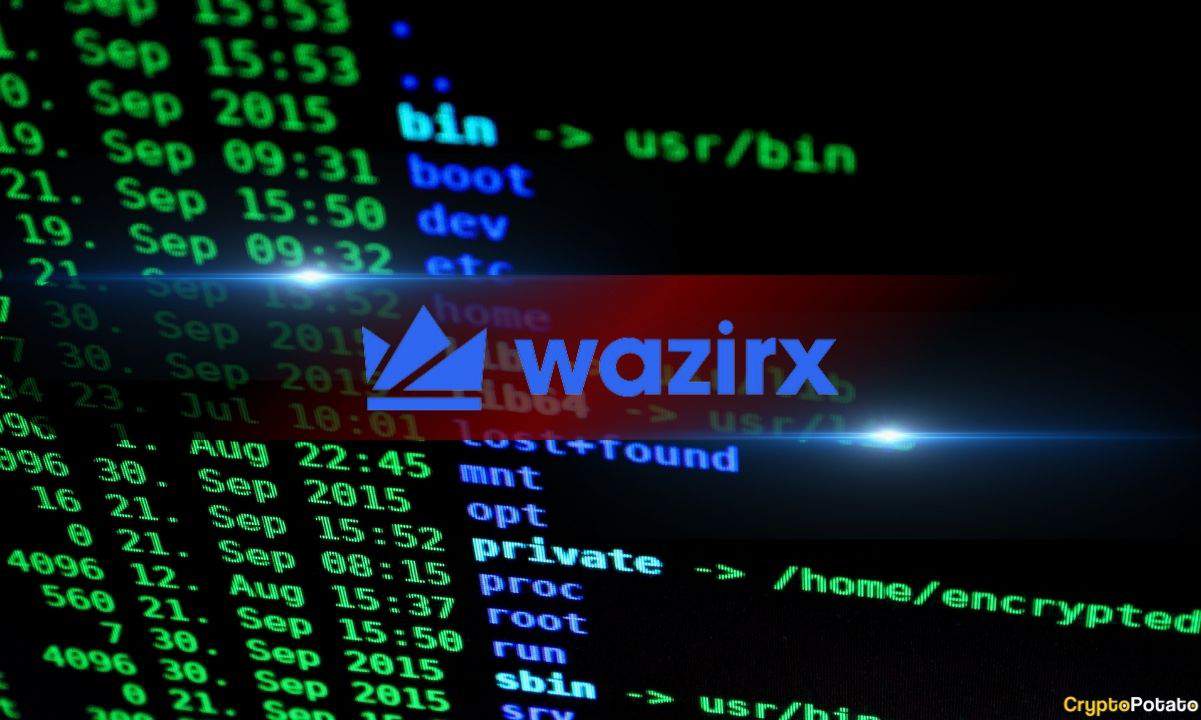
Summary MicroStrategy, a veteran in BI and mobile software, has diversified into blockchain applications and holds over 1% of all Bitcoin, impacting its financials significantly. The company’s revenue from product support remains strong, while subscription services show growth, indicating deepening client commitment despite a decline in product license sales. Bitcoin investments since 2020 have heavily influenced Net Income and EPS, with recent trends showing high correlation between MicroStrategy`s stock and Bitcoin prices. MicroStrategy`s forward outlook hinges on its role in the decentralized digital economy, with new blockchain initiatives like "MicroStrategy Orange" potentially driving future growth. American tech veteran MicroStrategy Inc ( MSTR ), headquartered in Tysons Corner, Virginia, has been a member of the business intelligence (BI) and mobile software industry since its founding in 1989. The company went on to increase its revenues by at least 100% from 1990 through 1996 before listing on American bourses on June 11, 1998. In its annual report, the company identifies its dominant competitors as being global independent software vendors (ISVs) such as IBM ( IBM ), Microsoft ( MSFT ), Oracle ( ORCL ), Salesforce ( CRM ), and SAP ( SAP ). It was also a somewhat-early innovator in the mobile space when it began deploying business intelligence software for mobile platforms, such as the iPhone and iPad, in 2010. After over 35 years in the industry, the company has been seeking new horizons by attempting to carve out a new niche by developing business applications in the decentralized blockchain space. However, many investors might know the company as a predominant holder of Bitcoin ( BTC ) given that it holds over 1% of all Bitcoin available as of the 20 th of October 2024. The basis for its holdings stems from what could be considered by some to be an idiosyncratic decision by its principals but it is hardly alone: EV carmaker Tesla and payments company Block Inc (formerly Square, Inc) also feature in the Top 10 list of public companies holding Bitcoin: Source: Created by Sandeep G. Rao using data from CoinGecko While this decision has some consequences for the company’s bottom line, it is arguably unfair to consider the company to just be a proxy for Bitcoin. With the company’s earnings release scheduled on the 30 th of October, the company’s business item trends must bear being examined. Fiscal Trend Drilldown The company’s software and services – also called “MicroStrategy” – has gone through numerous iterations and upgrades. It generates revenues for the company through three means: the sale of subscriptions for usage, product support for clients and product licenses. Source: Created by Sandeep G. Rao using data from MicroStrategy`s Financial Statements In full Fiscal Year (FY) terms, there have been some interesting trends. “Product Support” – required of all product licenses holders to enable both technical support and when-and-if-available software upgrades – was and still remains its main driver of revenue but there has been a slightly pronounced softening of growth trends over the past two years. Meanwhile, “Subscription Services” – wherein the company sells access to its software through a cloud subscription service without transferring control of the software itself – went from being third place in 2018 to second place from 2023. The sale of “Product Licenses” themselves going into a downtrend over the past two years juxtaposed with the trend seen in “Subscription Services” is indicative of a possible current trend of existing clients deepening their commitment to the company’s platform. Despite product licenses prospectively being higher than subscription services, overall impact on revenue is fairly balanced, with a slight softening in revenue growth trends. After a massive burst in operating expenses in 2021, operating expenses had seen a substantial improvement in 2023. However, the cost of revenue in FY 2023 had seen a less-dramatic increase over the previous two years. In the YTD encompassing the first half (H1) of the current year, total revenue is trending towards closing the year 8% below FY 2023`s. While there is a slowdown in the potentially costlier product licenses is flagging, revenue from subscription licenses continues to show strong growth, indicating that product usage continues to deepen among the existing client base. Product support revenue continues to be relatively healthy, indicating sustained usage of services by the existing client base. As of FY 2023 as well as in the YTD, Net Income and Earnings Per Share (EPS), however, had a massive shift that aren’t entirely aligned with revenue and cost growth trends. This is mostly driven by an interesting choice in the company’s financial holdings in 2020. Consequences of and Rationale for Holding Bitcoin While the pandemic raged around the world, MicroStrategy – then led by CEO Michael Saylor – invested $250 million in Bitcoin as a treasury reserve asset in August 2020, citing declining returns from cash, a weakening dollar, and other global macroeconomic factors. Overall, the total value of digital assets purchased in FY 2020 is listed as being $1.125 billion. The value of digital assets purchased in FY 2021 was more than twice this value in FY 2022. In terms of total dollars earned as revenue, the value of digital assets purchased – along with possible costs of holding in terms of margins, etc. – has nearly always outstripped revenues for every year except FY 2022: Source: Created by Sandeep G. Rao using data from MicroStrategy`s Financial Statements The effect on the company’s Net Income – and thereby EPS – is nearly immediately discernible from FY 2020 onwards. Given that Bitcoin’s value trended up by 156% in 2023, Net Income returned to a net positive hitherto seen in the year prior to the company’s Bitcoin conviction, i.e. 2019, despite an outlay of $1.9 billion for digital asset purchases. In the YTD, where Bitcoin prices have gone up by over 51%, purchases of digital assets already surpassed the outlay for the entire previous year by 27%. Total value ascribed to digital asset purchase is almost 11 times the revenue earned over the first six months of 2024. Can It be Considered a Proxy for Bitcoin? Since some investors hold the claim that the company’s stock is a proxy for Bitcoin given its massive holdings, an examination of market sentiment to verify said claim would be in order. Utilizing a tactical investment strategy, a rolling 15-day correlation framework is employed on the historical prices of three assets: the company’s stock (MSTR), the Bitcoin USD ( BTC-USD ) and the broad market S&P 500 ( SPX ). Source: Created by Sandeep G. Rao using data from Yahoo! Finance In the sum total of the trading days available in each year, the stock’s correlation with the S&P 500 has been greater than 0.5 (“50% - 80%” and “> 80%”) for more than half the year in both before its Bitcoin adoption strategy, i.e. 2019, as well as the Year Till Date (YTD). The stock has been negatively correlated (“ On the other hand, the stock’s correlation with BTC was greater than 0.5 for a little under a third of the year in 2019 and this has certainly risen to an astounding 85% of the YTD. However, this needs to be taken into context: the index itself showed a correlation greater than 0.5 with BTC for only 26% of the traded days in 2019 and then rose to a massive 71% in 2022. In the YTD, roughly half the trading days have seen the index displaying a correlation greater than 0.5. The number of days wherein negative correlation was seen dropped by 40% in the YTD relative to 2019. Meanwhile, the stock itself shows a correlation greater than 0.5 with the index for about 60% of the YTD, which is nearly the same as in 2019. Given its massive holdings in BTC, some investor conviction imparted on the stock’s valuation is likely to be driven by BTC’s price trends. However, the correlation analysis indicates that if the stock can be considered a proxy for BTC, so can the S&P 500, despite the fact that a vanishingly small number of companies present in the index hold BTC in volumes that – even when consolidated – is nowhere close to what the company alone holds. Beyond the “Mere” Value of Bitcoin The company’s Bitcoin holdings aren’t exactly sitting idle; its FY 2023 Annual Report stated that a portion of its holdings serve as part of the collateral securing the 2028 Secured Notes, whereby the company raised capital for its activities from the market. This year, however, the company potentially revealed its use case for Bitcoin by aggressively pitching itself as a "Bitcoin development company" that would work on development of the Bitcoin network through financial markets, advocacy and innovation. As part of this new niche, the company announced plans to develop a decentralized identity service “MicroStrategy Orange” that will provide "trustless, tamper-proof and long-lived" decentralized identities using the Bitcoin blockchain via the issuance of decentralized identifiers (DIDs). These DIDs incorporate the idea of “pseudonymity” typical of the blockchain network: while the IDs are largely consistent within the network, the identity of the user will be masked. One application as part of this new niche has already been developed: "Orange For Outlook," which integrates digital signatures into emails to enable recipients to verify the identity of the sender. In many decentralized networks, BTC is used as a token of value to complete a chain of activity. Under the protocol being employed for the buildout of “Orange”, information is stored and communicated on individual satoshis – the smallest increment of Bitcoin, equal to 1/100,000,000th of a BTC. Given that the company is among the largest corporate holders of BTC that isn’t a crypto miner, the company has substantial dry powder available to essentially corner a commanding presence in the steadily growing economy of decentralized networks. Thus, it is possible that the company’s BTC acquisition strategy had less to do with the idea that the cryptocurrency was a better storehouse of value than fiat currencies but one part of a new business buildout a long time in the making. While a substantial element of the company’s forward outlook is likely being informed by its potential inherent within the decentralized digital economy, how large or how soon the latter grows is likely to be speculation for some time. In a similar vein, while BTC and its like are purportedly supposed to be resilient storehouses of value, they are treated as speculative instruments with trajectories often entirely independent of conviction or work-oriented networks where they are tokens. With the company’s “regular” business showing early signs of flagging while their competitors remain firmly entrenched in market share, a new direction is always welcome. How this new direction remains to be seen. The stock has two ostensibly two entirely drivers for valuation and isn’t for the faint of heart. Despite a 10-for-1 split enacted earlier this year, the stock`s fortunes are as wrapped up in the speculative volatility of BTC as much as its potential as a token of work in a new economy.
Seeking Alpha
You can visit the page to read the article.
Source: Seeking Alpha
Disclaimer: The opinion expressed here is not investment advice – it is provided for informational purposes only. It does not necessarily reflect the opinion of BitMaden. Every investment and all trading involves risk, so you should always perform your own research prior to making decisions. We do not recommend investing money you cannot afford to lose.
Experts Analyze Current Cryptocurrency Market Predictions

Experts provide insights into cryptocurrency market forecasts. Bitcoin shows potential for significant price increases. Continue Reading: Experts Analyze Current Cryptocurrency Market Predictions The post Experts Analyze Current Cryptocurrency Market Predictions appeared first on COINTURK NEWS . Seeking Alpha

Binance and Crypto.com Lose Market Share as DEXs Gain Traction
Binance and Crypto.com Lose Market Share as DEXs Gain Traction In a notable shift within the cryptocurrency exchange landscape, Binance and Crypto.com are experiencing a decline in their market share. According to a 0XScope research report shared with Cointelegraph, Binance’s spot trading volume has decreased from 52.5% to 39.54%, and its derivatives market has fallen Seeking Alpha











